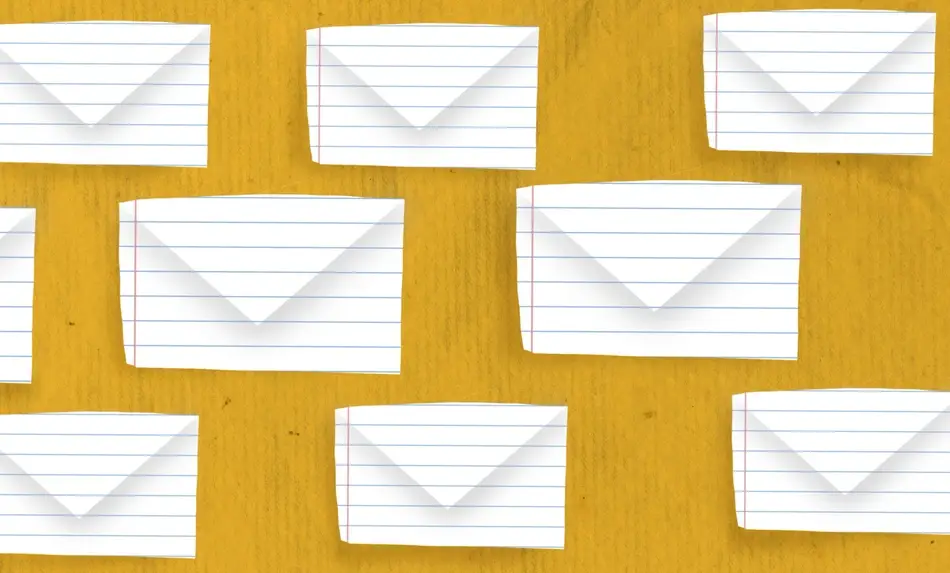5 Email Etiquette Tips for More Professional Communications

With most of our day-to-day work requiring a significant amount of digital communication, it’s essential to maintain a strong email style in order to ensure that you're delivering your messages pointedly and with purpose.
Read on for tips to help ensure that your emails add to your professional reputation, rather than chip away at it.
1. Use professional (and consistent) fonts
While you shouldn’t feel limited to the standard fonts that come with your email provider, it is important to choose a single, professional font for your communications. Business News Daily offers recommendations for resume fonts that can easily be applied to your emails, too. Whatever you choose, after drafting your message, double check that your note features a consistent font, color (aside from hyperlinked text), and punctuation style.
2. Avoid slang and abbreviations
To keep your message clear and professional, avoid conversational abbreviations and nonprofit lingo that may not be immediately obvious. Although you may know what an abbreviation stands for, don’t assume that the recipient of your note knows this, too. Maintaining a more formal style will ensure your email is easy to read and understand. Here are a few examples of acronyms to skip:
- TBH: To be honest
- V: Very
- TY: Thank you
- BTW: By the way
- LMK: Let me know
Pro Tip: Using hashtags before phrases should be reserved only for conversations about social media campaigns.
3. Use common, formal salutations
If you are responding to someone else’s message, use their original email as a cue. How did they address you? How did they sign off? Did they use Hey or Dear before your name? Use the same salutation in response.
If you don’t have a previous communication to refer to, err on the side of caution, and use a formal greeting like Dear [First Name] or Dear Mr./Ms. [Last Name]
To end your email, acceptable formal sign-offs include Sincerely, Thank you, Best, and Respectfully.
4. Write for the job you want
Although your use of language and tone may be a good fit for the role you currently have, consider your professional pathway. Would your supervisor communicate in this way? Consider adopting a professional communication style that’s a step ahead of your current role by employing the tone, style, and format of messages you have received from top professionals in your sector.
5. Whatever you write, keep your audience in mind
Putting yourself in the shoes of the person receiving your email will help you decide when it’s okay to write a quick, informal message (or add in a smiley emoji), and when it’s important to keep your content and style formal. You’re the best judge of your audience, so make sure you tailor your note accordingly.
Lauren Slater Siegmund is a facilitator and teacher with expertise in education and affordable housing. Lauren has spent her career bringing people together to create transformational experiences that enable them to double down in their dedication to social justice.






